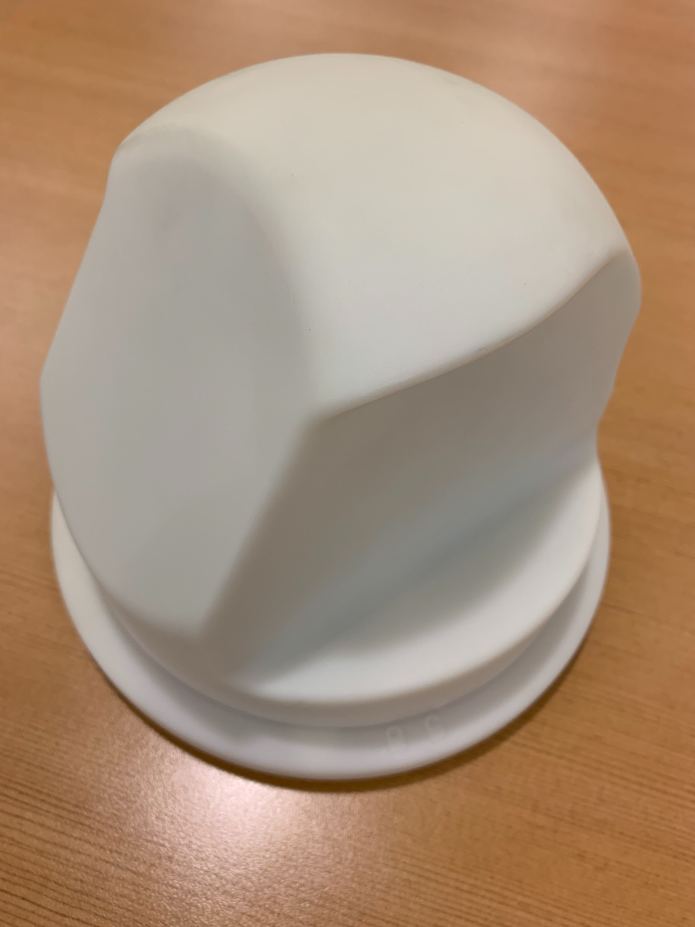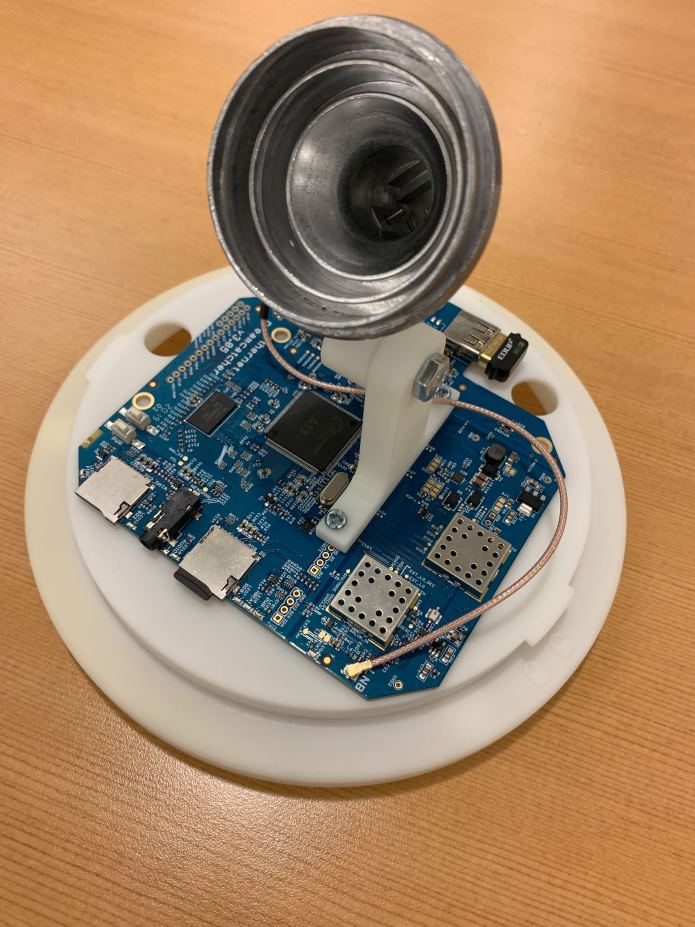Notice an update in my email this morning. Thought they would have given up by now but it seems they are still trying to get something into production:
New Campaign Update!
The Lantern: A Global Satellite Data Radio team just posted.
SEE PAST
UPDATES ASK A
QUESTION VIEW
CONTRIBUTION

posted by Syed Karim
Jul 12, 2019 • 4:10PM PDT
Pictures of New Lantern


At this point, we may be in the running for the oldest campaign that is still working towards shipping. What an honor.
What you see above is the current version of the device. I am no longer able to change the picture on the campaign page; I guess the project is too old for that feature. What you see is what is going through production. There is a cover on top of the circuit board, which is not shown.
For the better part of a year, we had been battling with a thin, flat design, but it has not worked out. My goal was to make the entire device the size of a DVD-case. We will continue to work towards that design, but for now, we just need to ship. I know that many of you agree. I'm not thrilled about how this version looks, but it does work exactly as was previously described. I
So what does it actually do? As has always been the case, it receives a low speed broadcast from a satellite. The channel that is available in the US downloads at 20 kbps, which allows for about 200 MB of content per day; news feeds, Wikipedia articles, weather data. We split that download with an audio stream from Voice of America (hey, it's free), so only 100 MB of files/data are being saved to the device. In Europe, where we just recently completed a second transmission test, we are getting speeds of 16kbps. I assume we will also have an audio stream in Europe. As we start shipping we will add broadcast regions. As we sell more receivers, we will increase the download speed.
Setting the angle and rotation of the antenna is meant to be done indoors. Once that's done, the cover is scewed on and then pointed at the right direction. The device is meant to be kept outside, but if receiving indoors is necessary, that can be done with a separate 13-inch dish.
It will take four more weeks for the enclosure's mold to be complete. In the meantime, components are being acquired. It takes the factory about a week to build, test, and package. My statements regarding schedule have yet to be accurate, but my best guess is that this production run will be sent to the shipping service in September.

New Campaign Update!
The Lantern: A Global Satellite Data Radio team just posted.
SEE PAST
UPDATES ASK A
QUESTION VIEW
CONTRIBUTION

posted by Syed Karim
Jul 12, 2019 • 4:10PM PDT
Pictures of New Lantern


At this point, we may be in the running for the oldest campaign that is still working towards shipping. What an honor.
What you see above is the current version of the device. I am no longer able to change the picture on the campaign page; I guess the project is too old for that feature. What you see is what is going through production. There is a cover on top of the circuit board, which is not shown.
For the better part of a year, we had been battling with a thin, flat design, but it has not worked out. My goal was to make the entire device the size of a DVD-case. We will continue to work towards that design, but for now, we just need to ship. I know that many of you agree. I'm not thrilled about how this version looks, but it does work exactly as was previously described. I
So what does it actually do? As has always been the case, it receives a low speed broadcast from a satellite. The channel that is available in the US downloads at 20 kbps, which allows for about 200 MB of content per day; news feeds, Wikipedia articles, weather data. We split that download with an audio stream from Voice of America (hey, it's free), so only 100 MB of files/data are being saved to the device. In Europe, where we just recently completed a second transmission test, we are getting speeds of 16kbps. I assume we will also have an audio stream in Europe. As we start shipping we will add broadcast regions. As we sell more receivers, we will increase the download speed.
Setting the angle and rotation of the antenna is meant to be done indoors. Once that's done, the cover is scewed on and then pointed at the right direction. The device is meant to be kept outside, but if receiving indoors is necessary, that can be done with a separate 13-inch dish.
It will take four more weeks for the enclosure's mold to be complete. In the meantime, components are being acquired. It takes the factory about a week to build, test, and package. My statements regarding schedule have yet to be accurate, but my best guess is that this production run will be sent to the shipping service in September.



